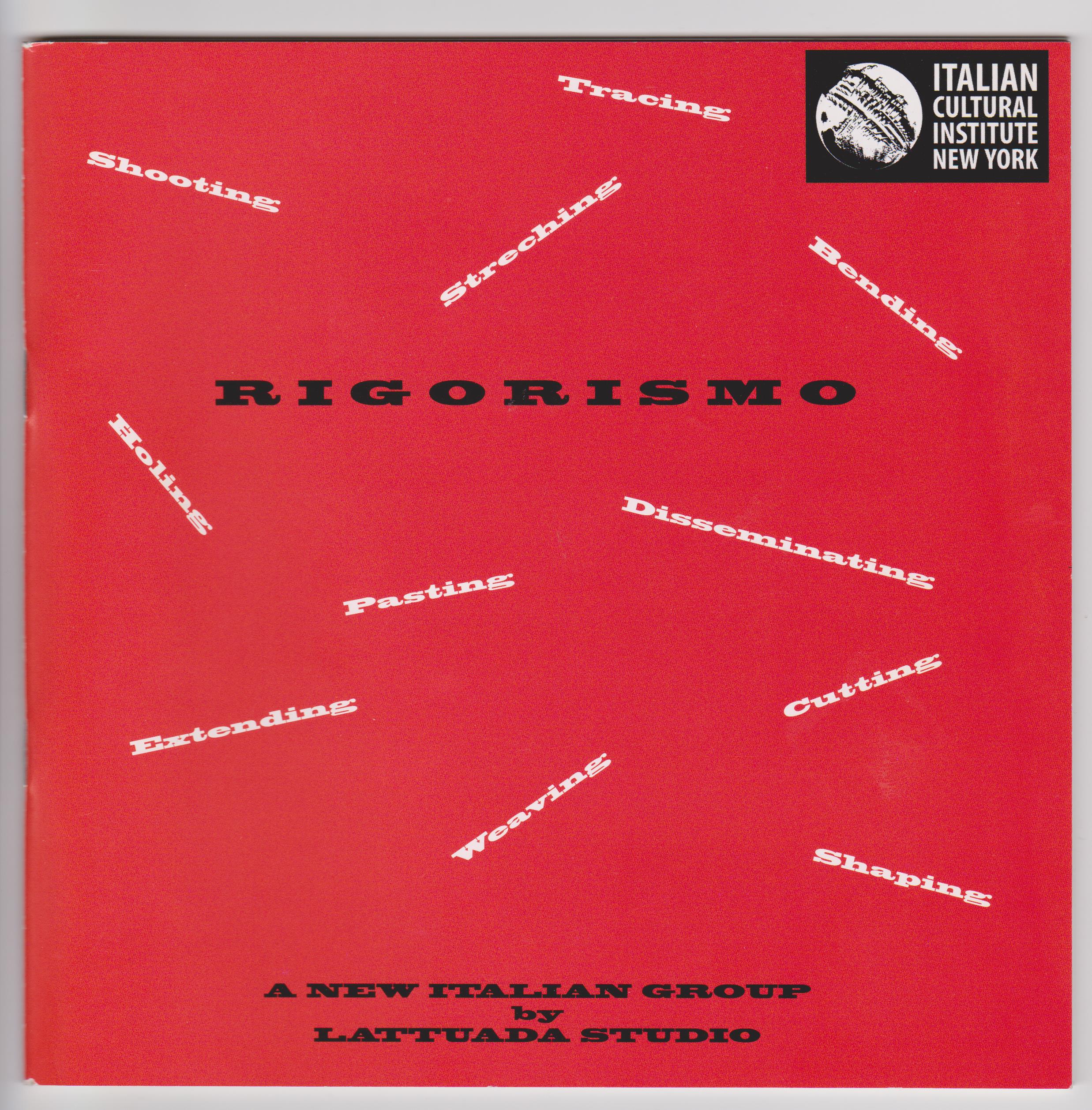A “rigor” that forces space to become a thing, rather than for things to fill space.
The first quality of ‘philosophical language’ is that of rigor, as only the rigor and the observance of the rules make it possible to draw a border and to distinguish the true from the false; a quality from which the discourse is characterized with respect to its being able to establish itself as such, independently from the personal beliefs of this or that speaker. The world of philosophy has always appeared committed to rigorously define an absolute space, released from the tasks of life, from the places frequented and crossed by our fragile and uncertain existences.
For this reason, philosophy has always looked suspiciously at the making of art, which intended to question the rigid borders drawn by the classical metaphysic, to confuse the true with the false, the right with the wrong, the light with the dark; philosophy always and only loves the vague and the indefinite, as was rightly pointed out by Leopardi.
According to Descartes that which truly “exists” is reducible to ‘space and movement’. Only the space and its determinations appear to be intended to receive the being-there of this or that, and to make any form of existential dynamism perceivable.
Therefore, the world of philosophy would appear so unattractive, because it has always been committed to rigorously define an absolute space, radically freed from the tasks of life.
The art, however, doesn’t draw only a space that the time would be destined to define and determine according to the stylistic features and forms that would be better able to represent it. To define and to explain the art means to inevitably build a ‘temporal’ image of that eternity which the philosopher seems only to be able to evoke.
Talking about the artistry means to refer to something that makes-space without taking space, something that takes space without drawing some determination; something that denies being all that the time seems to have made definable. This is the true heart of the artistry.
This is why Leopardi could assert that Art highlights and emphasizes that philosophy and can recognize truth: the identity of being and nothingness.
Art and philosophy would point out the original denial of which any “meaning” becomes expression, because it is always and only the space, as such, to determine, without limiting to receive, as simple empty space, the fullness of the determinate.
This is the importance of the opportunity created by Galleria Arte Centro Lattuada and the choice of seventeen artists, (Fontana is the true founder of this approach), that have decided to take on a challenge that would be proposed with the stamp of a more radical rigor.
In fact, a series of productions is presented in which nothing ever takes space on the canvas, and within its borders, if not the same form of “take-space”. Few artists struggled to make space to the space in their works and to paint the simple taking space of the space, which becomes the absolute protagonist of the artistic event.
The works all have a very particular rigor, because it is intended to get a completely different effect from that which the concept of rigor evokes.
They aren’t, in fact, works conforming to a style, with a rigorous observance of the rules, but, instead, it’s a rigor that doesn’t lead to a regulated architecture.
The artists have been able to, not so much compose forms and colors in the space of the canvas, but to make space to the ‘space’, and to make space to the indeterminate spatiality, which only art seems to be able to host. Works that make “the space as such” the absolute protagonist of the artistic event. A space is no longer confined within the precise limits of bidimensionality, which freed itself from improper, extrinsic influences, to become three dimensional.
Space, and not simply something existing in the space. It’s the
surface to draw itself as a work, getting out a state of outward appearance or superficiality, a dynamism free to become design, but not of an object, but of a “pure exist”. It isn’t drawn with rigor another world, abstract and improperly considered more real than the one in which we live, but the original temporalizing vocation, produced by a “spatialistic activity” where it will see the original and the indescribable “became-space” of the space.
The works show that we must begin to take care of the true fate that awaits us and constitutes us, our being intrinsically “relational”, that the artists were able to put into work, pointing out the original irregularity or impropriety, which, alone, mean full “freedom”.
In this itinerary that we can inscribe in the category of “rigorism” we can trace the seed of an imminent renaissance or new blooming that could make art more worthy of its specific vocation.
Massimo Donà
